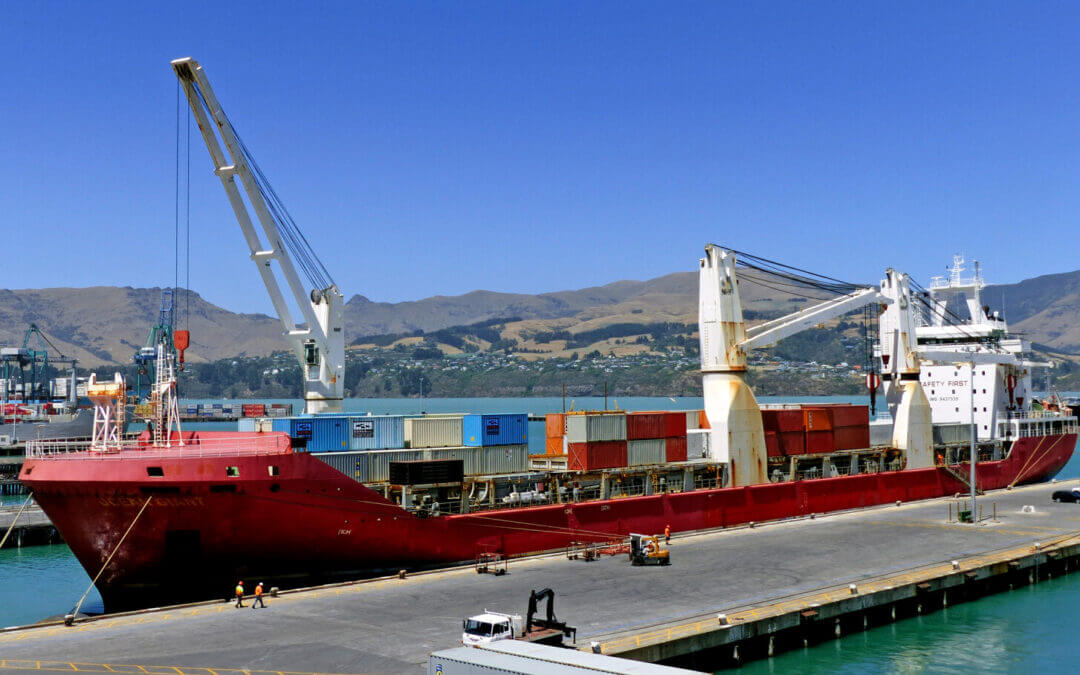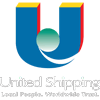When choosing a port for your ocean freight shipments, many businesses instinctively look to the biggest and busiest U.S. sea ports—and while there are clear advantages to these high-traffic hubs, they may not always be the best fit for your company’s needs. Strategic port selection can significantly impact shipping costs, transit times, and overall supply chain efficiency.
According to the numbers from 2018, the top five ports in the USA are:
- Port of Los Angeles
- Port of Long Beach
- Port of New York and New Jersey
- Port of Savannah
- Port of Seattle-Tacoma
There are many pros and cons a company may encounter when shipping out of one of the ports mentioned above. Figuring out what port works best for your company and shipping needs is just one of the many factors that come into play with international shipping.
The Pros and Cons of Major Ports
The largest ports provide shippers with access to:
- A wider range of ocean carriers and sailing schedules
- Frequent service to key international markets
- Strong inland connections via rail and trucking networks
However, the scale of these ports often leads to challenges, including:
- Port congestion and longer dwell times
- Chassis and equipment shortages
- Higher chances of booking delays
- Increased demurrage, detention, and accessorial charges
When working under tight deadlines or budget constraints, these issues can negatively affect your operations and delivery commitments.
Smaller Ports Offer Strategic Alternatives
Depending on where your shipment is exporting to—and your facility’s location—shipping through a smaller port may be a better option. Ports such as Philadelphia, PA; Wilmington, DE; and Mobile, AL are often overlooked but can offer key advantages.
Not as many carriers service these ports, but this can be a benefit for the shipper. There is generally more container equipment availability, shorter wait times, and greater flexibility. These ports can be less congested, making the shipping process smoother and more predictable.
A great example is Independent Container Line (ICL). This carrier exclusively serves U.S.–Europe routes and operates through select smaller ports. Because of their focused service and limited scope, they’re known for proactive communication and excellent reliability—something that can sometimes be lost at larger, busier terminals.
Even though they only service smaller ports, it gives them the opportunity to offer exceptional service.
Making the Right Port Decision
Both large and small ports have their advantages and disadvantages. Your best option depends on factors such as:
- The destination of your cargo
- Your timeline for delivery
- The location of your warehouse or origin point
- The availability of space and equipment
- Your budget and flexibility
If there are time constraints for your cargo, we strongly advise reaching out to us as early as possible. This allows us to explore multiple options and identify which port, carrier, and routing works best for you, your company, and your customer overseas.
Let Jade International Help You Navigate Your Options
At Jade International, we help clients build smarter shipping strategies based on real-time conditions, sailing availability, and cost-efficiency. Whether your shipment benefits from the capacity of a major port or the responsiveness of a smaller one, we’ll help guide you toward the right solution.
Written by: Stephanie Blanche



